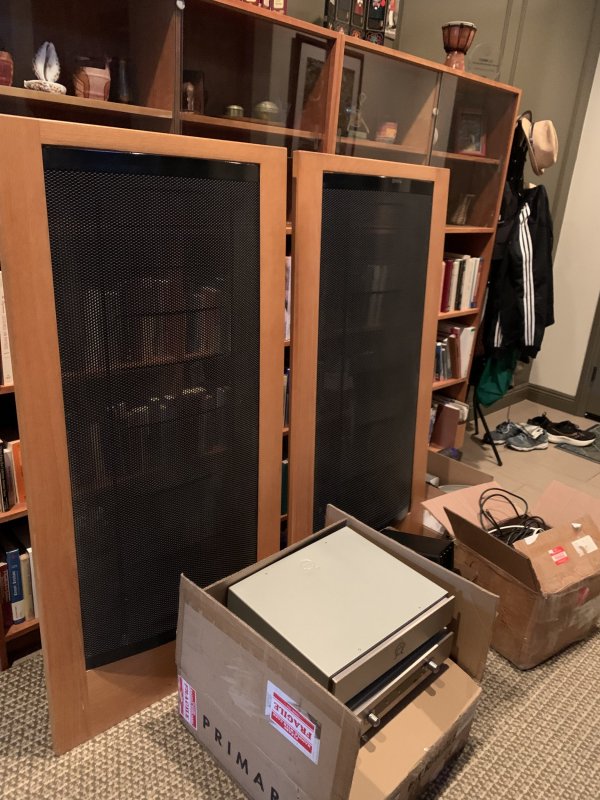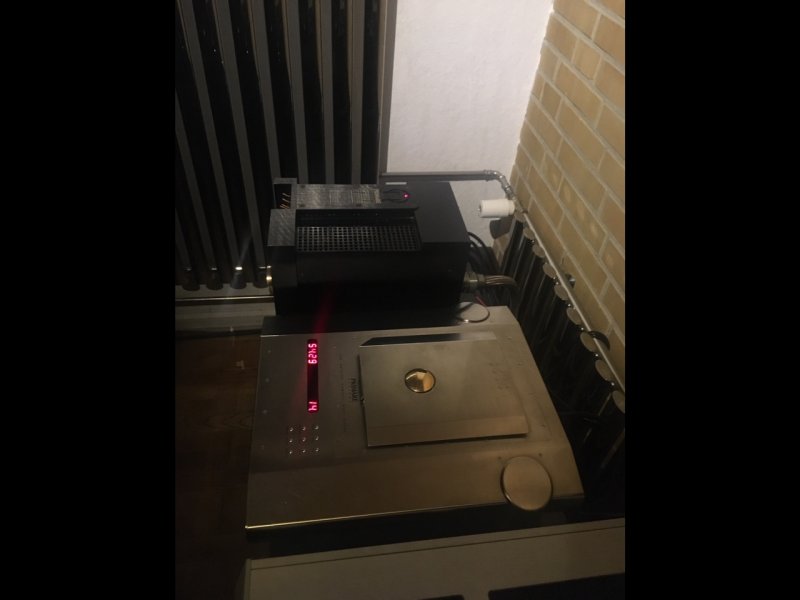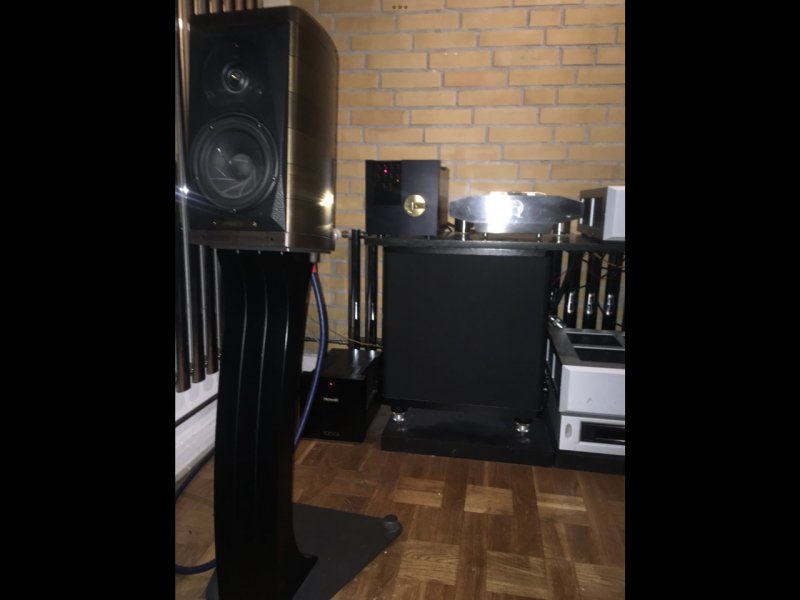Why are the great hifi components from yesteryear just junk today? Here’s a picture of hifi junk that I’m throwing out today. Martin Logan CLS stats from 30 years ago is just junk today. Add non-working solid state components from Primare and Tact. All are consigned to the dustbin of history. Electronic garbage.
In contrast, if you lived 300 years ago and purchased one of Antonio Stradivarius’ violins for a few lira, today it’s worth in the tens of millions of dollars. Or if you lived in Paris during the time when Vincent Van Gogh was peddling his masterpieces in street cafes for a few francs, you’d have a painting worth a hundred million dollars today. Why is great art and musical instruments worth so much more than 30-year old hifi junk? What does that say about audiophiles?

In contrast, if you lived 300 years ago and purchased one of Antonio Stradivarius’ violins for a few lira, today it’s worth in the tens of millions of dollars. Or if you lived in Paris during the time when Vincent Van Gogh was peddling his masterpieces in street cafes for a few francs, you’d have a painting worth a hundred million dollars today. Why is great art and musical instruments worth so much more than 30-year old hifi junk? What does that say about audiophiles?



















